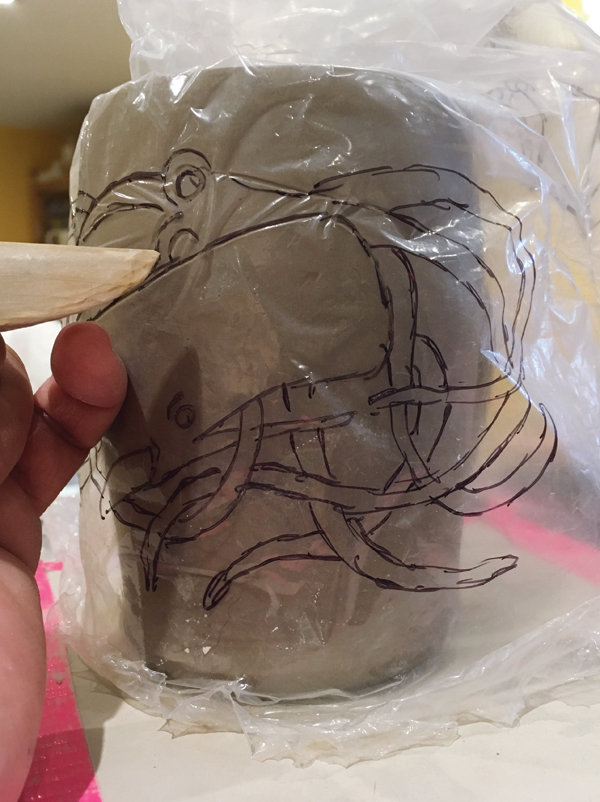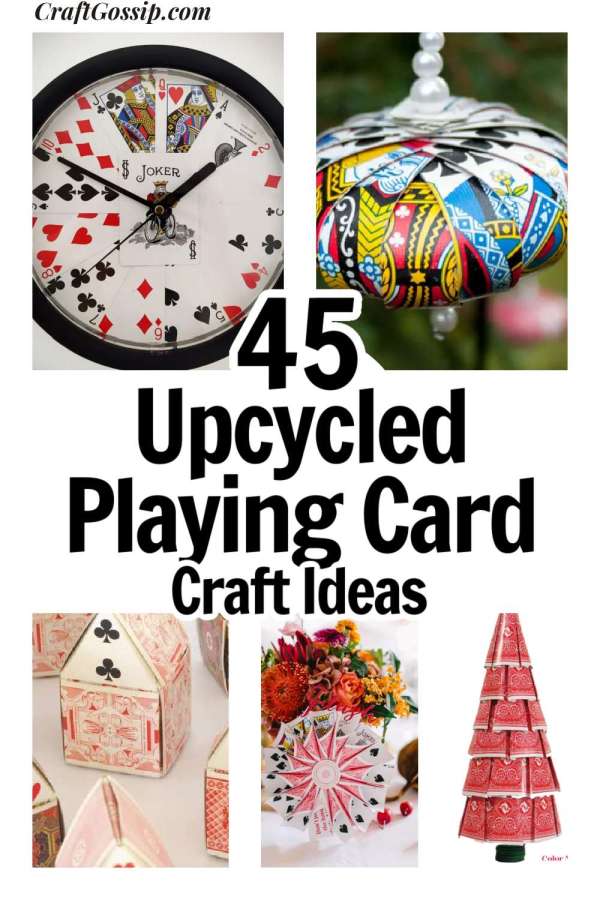
In a previous post, I shared a link that explains you to use cling wrap to add an image to fabric.
Here is one that shows how to use it to carve an image into a soft surface. I have used cling wrap to soften an impression using a cookie cutter but tracing an image and then using the cling wrap as a drawing guide is cool! I bet it would work on lots of surfaces.
Pop on over to the blog Ceramics Monthly for more about cling wrap embossing and image transfer.
Cling wrap embossing is a fun and easy technique for transferring images and adding a personal touch to your crafts and DIY projects. With just a few simple supplies, you can create unique and eye-catching designs for a variety of surfaces.
One of the best things about cling wrap embossing is that it’s so versatile. You can use any image or design you like, whether it’s a photo, illustration, or text, and you can transfer it onto almost any surface, including paper, wood, fabric, and more. The clear plastic wrap creates a raised, textured effect, which adds depth and dimension to your projects.
Here’s a step-by-step guide for how to do cling wrap embossing:
Gather your supplies: You’ll need a printed image, some clear plastic wrap, and a tool with a smooth, hard surface (such as a rolling pin or brayer).
Place the image face down: Find a clean, flat surface to work on, and place your printed image face down.
Lay the plastic wrap over the image: Make sure the plastic wrap is smooth and wrinkle-free, and carefully lay it over the top of the image.
Press down with the tool: Using your rolling pin or brayer, apply even pressure to the entire surface of the plastic wrap. You may need to apply a little more pressure to certain areas, depending on the size of your tool and the surface you’re working on.
Remove the wrap: Once you’ve applied enough pressure, you should be able to lift the plastic wrap from the surface and see the image transferred onto the wrap.
Now that you’ve got the hang of cling wrap embossing, you can experiment with different images, colors, and surfaces to create unique and personalized projects. You can also try combining this technique with other image transfer methods, such as heat or water, to create even more interesting and varied effects.
Whether you’re a seasoned crafter or a beginner, cling wrap embossing is a fun and rewarding technique that’s sure to inspire your creativity.
